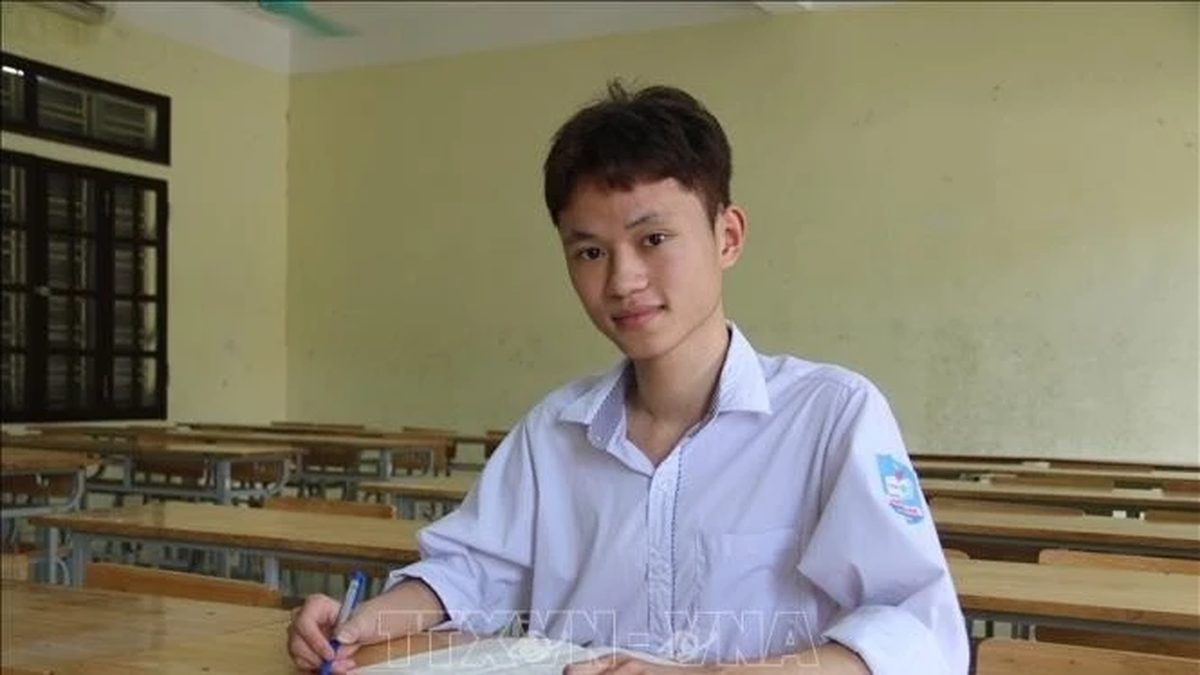Long working hours, wages that fail to keep up with inflation and mountains of paperwork are making life increasingly difficult for teachers across Japan and discouraging many from pursuing a careerin education .
Long working hours, wages that have failed to keep up with inflation and mountains of paperwork are making life increasingly difficult for teachers across Japan, discouraging many from pursuing a career in education.
A report earlier this year in The Nihon Keizai Shimbun found that there were still nearly 2,800 vacancies in elementary, junior high, and high schools across Japan, up about 30% from a year ago. In addition to the teacher shortage, 5,897 teachers quit due to mental health issues in 2021, including nearly 3,000 elementary school teachers. Of the total, more than 1,100 decided to quit the profession altogether.
A Japanese high school teacher earns an average of 400,000 yen ($3,000) a month. While that’s a reasonable salary, teachers have found their pay hasn’t increased as much as inflation, which has pushed up prices for food, fuel and other necessities over the past 18 months. With the cost of living rising, some teachers have turned to a variety of part-time jobs to help pay the bills.
The biggest problem for teachers in Japan is the long working hours. Teachers have to be at school before class starts at 8am and stay long after the students go home. In addition to preparing lessons and grading students' papers, they also have to fill out reports to send to the Japanese Ministry of Education and local education authorities.
A study on work-life balance in the education sector released by Japan's Ministry of Education in January found that teachers in the country work an average of 95 hours and 32 minutes of overtime each month. Meanwhile, according to Japan's Health Ministry , workers risk death from overwork if they work more than 80 hours of overtime per month. The Japan Teachers' Union said that more than 12% of teachers have asked school administrators to reduce their workload by hiring more teachers and reducing class sizes.
“Due to the lack of funding allocated to education, we have not yet succeeded in bringing about this change,” explained Keiko Uchida, an official at the Japan Teachers' Federation.
TU ANH
Source



















































![[Maritime News] More than 80% of global container shipping capacity is in the hands of MSC and major shipping alliances](https://vphoto.vietnam.vn/thumb/402x226/vietnam/resource/IMAGE/2025/7/16/6b4d586c984b4cbf8c5680352b9eaeb0)













































Comment (0)